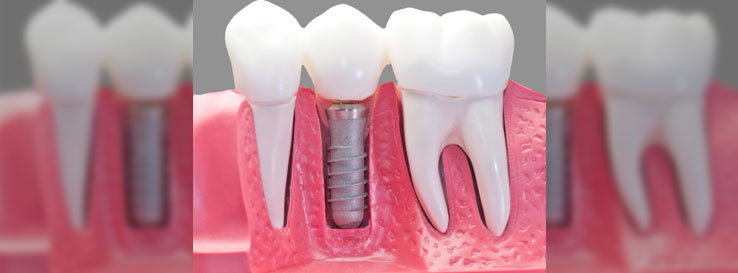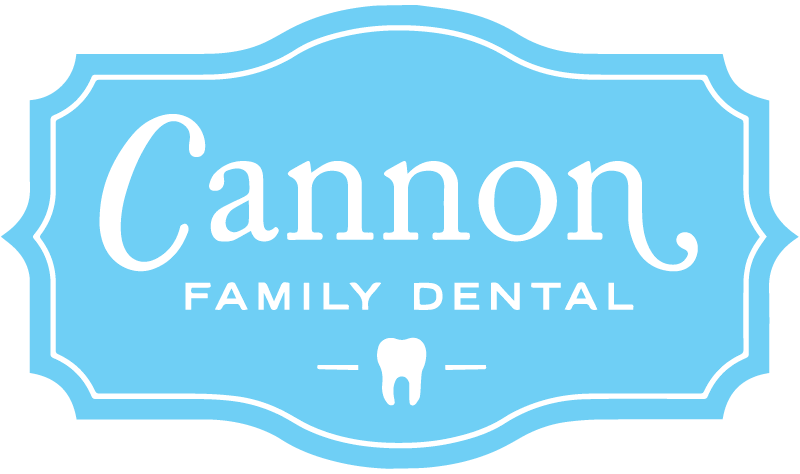
A Simple History of Dental Implants
The recent science of dental implants was discovered in 1952 by Per-Ingvar Branemark when he attempted to remove titanium chambers from bone that had been placed in an effort to treat bone diseases. He could not remove them.
In 1986 the American Dental Association endorsed dental implants. Though dental implants had been placed prior to the endorsement, the number of implant cases grew dramatically following 1986. There have been numerous studies that have shown implants to be a very successful treatment option for replacing missing teeth (
http://www.dentistry.uiowa.edu/public/oral/implant.html,
http://www.ncbi.nlm.nih.gov/pubmed/22542079,
http://www.aaid-implant.org/news_and_publications/66).
Popularity and Utilization of Dental Implants
It is estimated that over 400,000 dental implants are placed annually in the United States. Statistics show that 69% of adults ages 35 to 44 have lost at least one permanent tooth to an accident, gum disease, a failed root canal or tooth decay. Furthermore, by age 74, 26% of adults have lost all of their permanent teeth (
http://www.aaoms.org/dental_implants.php).
As community populations age, and as more dental implants are placed, we (dentists and patients) must be prepared to properly care for implants to ensure their success and utilization. Implants do not decay as natural teeth do, but the types of bacteria that cause gum disease, gum inflammation, and bone loss can still affect the gums and bone surrounding implants. Due to these types of bacteria, implant failure will occasionally occur. Implants may also fail due to systemic conditions, non-ideal placement of the implant, insufficient bone support, residual bone infections, among other reasons. To keep perspective, implant failure occurs at a rate of between 2-10% of the time, depending upon multiple factors. Success rates remain high.
Inflammatory Risk Associated With Dental Implants
Our mouths are loaded with bacteria. As we eat food, much of what we eat can form a sticky “plaque” on our teeth and along our gums. Bacteria feed off of this food film creating toxins that “turn on” a localized and systemic immune response (called “mucositis” and “peri-implantitis” below). As the body’s immune system performs its functions, gum tissue initially becomes inflamed, swollen, tender, and bleeds easily.
The great risk is if bone around the implant is affected by the bacterial and inflammatory conditions. Peri-implant mucositis occurs in about 80% of patients who have undergone placement of implants (at 50% of implant sites), whereas peri-implantitis occurs in 28% to 56% of patients (at 12% to 40% of implant sites). Several risk factors have been identified, including poor oral hygiene, history of periodontitis, diabetes mellitus and smoking (
http://www.jcda.ca/article/b8).
Caring For Dental Implants
Knowing the risks just presented regarding implant failure due to inflammation, the task is to minimize that risk. The methods are familiar to everyone that has visited a dental office: Excellent oral hygiene.
At Cannon Family Dental our examination process involves careful assessment of all of our patients teeth and dental implants. We track the health or state of inflammation and disease, and create customized treatment plans to address risks that can lead to failure.
Our recommendations are quite familiar:
- Brush after each meal to remove food film or dental plaque.
- Floss daily to clean between teeth.
- For patients that exhibit gingivitis (gum inflammation) and periodontitis (inflammatory disease that affects gum and bone around teeth) we recommend use of the Waterpik, more frequent exam and cleaning appointments, and application of medicinal products.
These are general recommendations. We create a variety of treatment and preventive plans based upon each patient’s presentation and needs.
If you have a dental implant, or are considering implant therapy, please call our office to visit with Dr. Cannon, Shandi Lewis, RDH, or Heather White, RDH regarding ways to maintain oral health with dental implants.


Good thing about being a dentist in America is that all the dentist have more or less same prices, but when it come’s to Europe, things are different here. Cause for example getting an dental implant if you are in England is 5000-6000 euros so people go in other country’s like Hungary or Nederland cause they can get the same implant for half of the price and i am talking about with both travel expenses and the dental procedure together. So the competition is huge here.